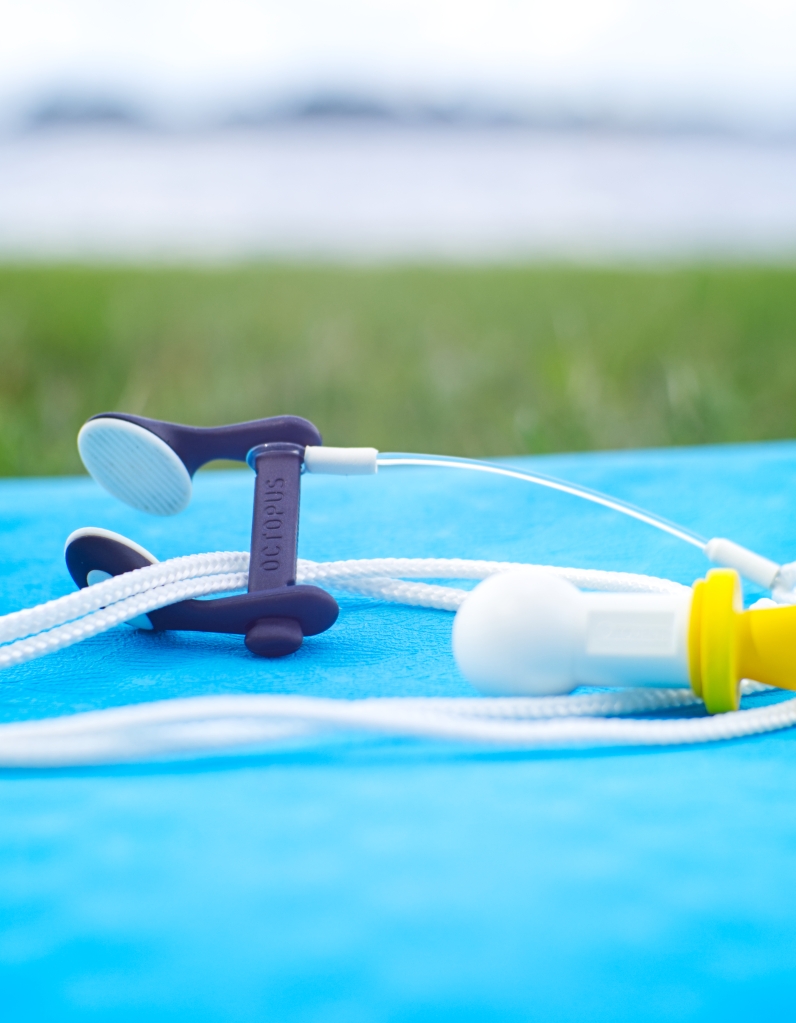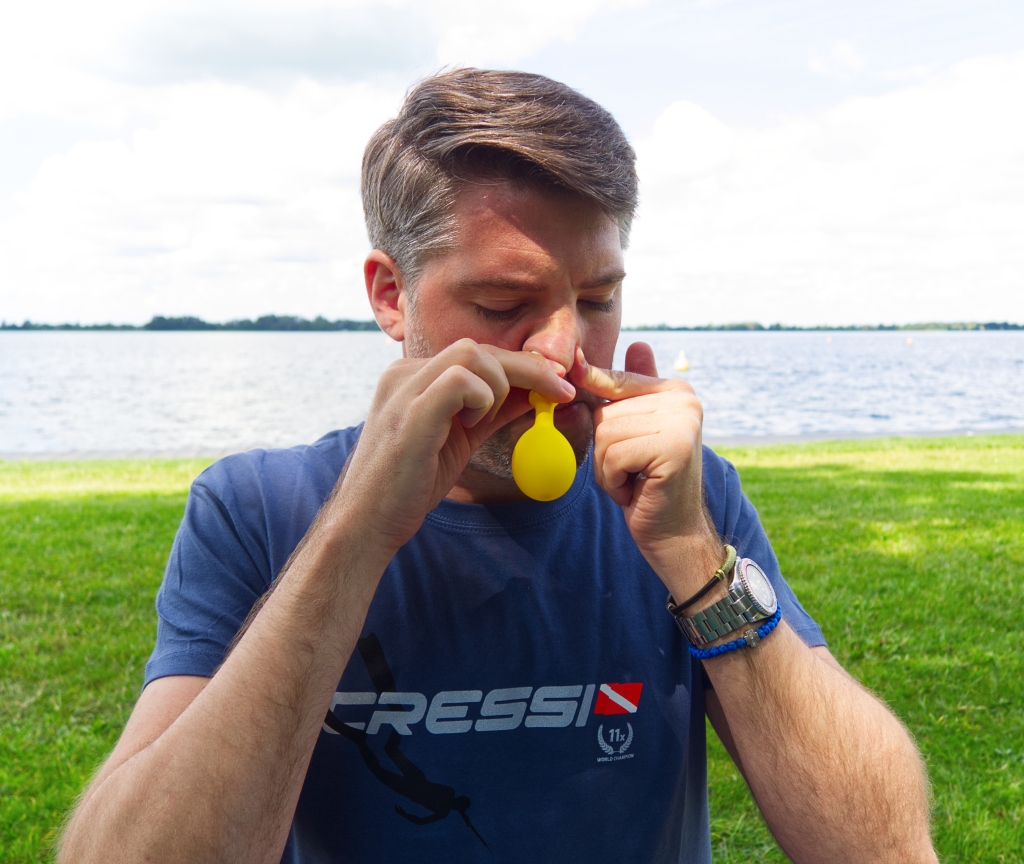In the piece about Covid-19 and the freediving season so far I announced a post about equalization (or: equalisation) for freediving. Here it is! Maybe a little later than promised, but here nonetheless.
If you have visited this blog before, you’ll know I have written about my issues with equalization extensively. When I started out on this journey my main challenge was equalizing head down. If you want to read more about my personal experiences, you can read “The dawn of upside down equalization“, “Practice makes perfect” or “SSI level 2 freediving course” posts. They might contain tips that could help you as well.

This post will be a far more general introduction to equalization for freediving, totally made possible by my level 2 instructor Pavol Ivanov, who made good use of the Corona-measures imposed free time. Instructor Pavol is a protégé of Linda Paganelli, who was one of the original mouthfill guru’s.
We will focus on the techniques of Frenzel equalization, which is the best and most used technique for freediving. Frenzel is easiest for head down equalization, and definitely essential for transitioning from a beginner to an advanced freediver. Only after understanding the Frenzel technique well, you can start getting into mouthfill equalization for dives far below residual volume.
Okay, let’s get right into it with the first video:
In this video Pavol explains the difference between Valsalva and Frenzel equalization techniques and why the Frenzel method is preferred for freediving. He shows you how to check which technique you use naturally and what exercises you can do to get the right awareness for an effective Frenzel equalization. Be aware: even if you think you already have a steady Frenzel technique, this video is worth watching because it also contains some tips for finetuning it.
Pavol points it out several times, but it cannot be stressed enough: glottis control is very important. If you can’t keep it shut for the pressure manoeuvre, it greatly disadvantages your ability to equalize with the Frenzel technique. At the same time you need to be able to open it every now and then to recharge the air you need for the equalization. So practice glottis control often.
To finish the video Pavol introduces the Otovent tool as a way to check the status of your progress. Nowadays a lot of Freediving brands like Octopus and Molchanovs sell tools like this as well. It is a very valuable tool not only in the beginners phase of learning the Frenzel technique, but also when you are pushing your Frenzel to its depth limits and for the transition into the mouthfill technique.
Make sure your basics are perfect and then on to the next video:
This video is about equalizing close to and beyond your residual lung volume. Pavol therefore introduces Boyle’s law as a factor in equalization. He also explains how learning the proper techniques from the beginning and getting the right awareness will help you in the long run. Such in comparison with the divers that start with no equalization problems at all and then reach the depths where they suddenly do encounter difficulties.
In the extensive introduction Pavol also discusses safety and potential dangers of progressing too quick and without caution, as well as the influence of flexibility and other physiological differences between divers.
After that Pavol goes into the motion of “recharging the Frenzel”. Which basically is the act of moving new air from the lungs to the throat/mouth so you can continue equalizing after the air in your mouth has run out or is so compressed you can’t use it to Frenzel anymore. There is (or should be) a rhythm and strategy to this, that you need to get aware of.
A complementary step to all this is relaxation of the body, especially your belly and chest. Feel your dives. Know when you tense up. Pay attention to a relaxed and functional body position in all parts of your dive.
Pavol visualizes equalization pressures for you with the assistance of the EQ-tool and discusses the difference between sequential frenzel (with sequential recharges) and a continuous pressurization.

To end the video Pavol gives you one of the best exercises there are to improve your Frenzel equalization. I think I have mentioned this exercise in one of my earlier blog posts. It was a game changer for me! Practicing this empty lung exercise with the releasing of the air after every equalization gives you a feeling for rhythmically recharging the Frenzel and doing so at a minimal lung volume.
I sincerely hope these video’s help you further. Whether you’re a beginner or somebody who was on the wrong path until now or just didn’t understand any other explanations out there. Good luck with your equalization practice! 🙂
If you have any questions or considerations, please comment below!
